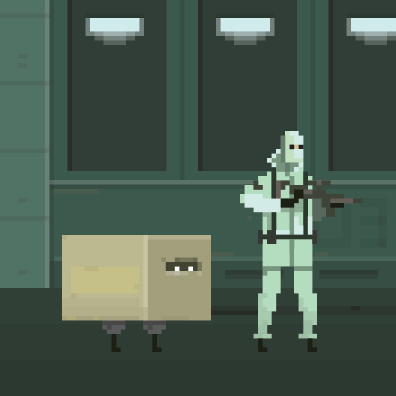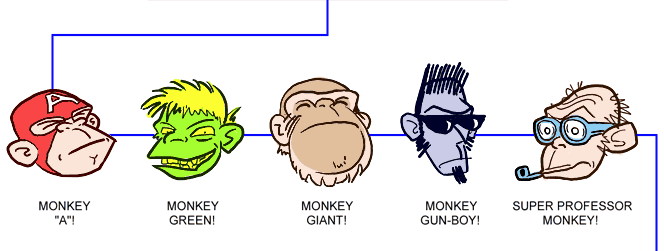I’ve been reading Scott Mccloud’s
Understanding Comics, the early sections of the book deal with definition, what a comic is. Mccloud states that the comic books are generally perceived as a low form of art, its cultural capital is worth significantly less than say a painting or sculpture. The consensus is that comic books are ‘crude, poorly drawn, semiliterate, cheap disposable kiddie fair’ (Mccloud 1993). But this is to privilege a view that defines comic book far too narrowly.
Mccloud rejects the low brow consensus and instead proposes that comic books potential is ‘limitless and exciting!’.
In his effort to dismiss the claim that comic books are not worthy of a serious art form, Mccloud attempts to separate form from content, analysing not what is contained within but how the contents are presented, in Mccloud’s words: separating the message from the messenger. I feel this is particularly relevant to my project as I’m attempting to subvert preconceived convention of comic book forms and practises. However, mccloud’s definition of comic as sequential art has made me think that perhaps my animated panels are not so different from the classical form.
Mccloud states that comic books differ from animation because in animation the frames are separated by time and within a comic it’s separated by space. My comic attempts to combine both the temporal and spatial, the panels are separated by page and within those pages the panels contain animations. Mspaintadventures does the same:

Elements are separated by both spatial and via time in the form of separate panels and the use of animation.
Ultimately comic books are extremely difficult to define; they appear not only in the pages marvel and DC but arguably on elaborate tapestries and as ancient hieroglyphics. Mccloud debates whether the forms match up entirely but he acknowledges the similarities. I believe that these ancient forms could act as a possible precursor to modern day comics.

It’s not difficult to see the similarities that exist between this and more contemporary forms. Images are spatial in order to create a narrative. It does however lack panels, and is instead one continuous piece. The point I may illustrating is that the comic book form is capable of accommodating more than just pulp fiction. Indeed, ‘sequential art’ is found in many pieces of high art but rarely are these pieces referred to as’ comics’. It would appear that a comic carries with it an intricacy negative connotation, one that is defined not by form but taste. Mccoud himself cleverly subverts this idea by using comics as a medium for his ideas; he successfully uses what is generally perceived as a low cultural form to present theories and values that possess a high cultural capital.
Mccoud departs from his look on the past and instead casts his eyes on the future. By using Mcccloud’s definition of ‘sequential art’ it’s possible to open comic books to an almost unlimited range of possibilities, ones that don’t include superheroes or talking animals. In fact no one genre can, or should be, dominate using this definition, all have equal place on the comic framework. Furthermore, the aesthetic the technical process by which these comics are created is able to expand into area that may be seen as untraditional. Sequential art does not railroad the form into a ridged position wherein the comic can only exist as a low brow form with a standardised process of manufacture. Mccoud concludes by stating that these definitions are, by their very nature, evolutionary, an on-going process.













